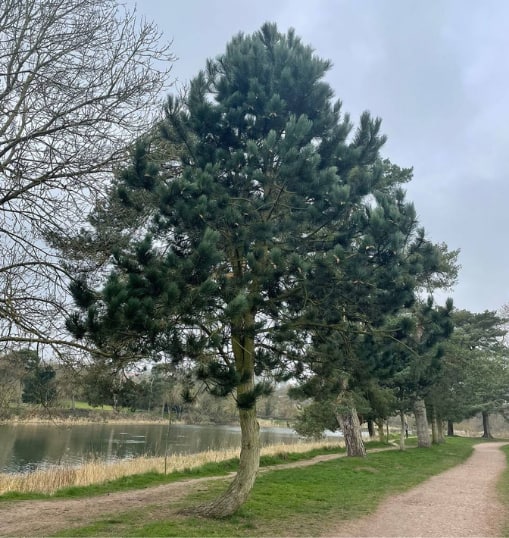
Trees are a vital part of any landscape, offering shade, beauty, and a habitat for wildlife. However, like all living organisms, trees are vulnerable to pests that can compromise their health and longevity. At Sheppey Tree Surgeons, based in Sheppey, Kent, we believe in taking a proactive and natural approach to tree care. One of the most effective methods for managing pests without resorting to chemicals is strategic pruning. In this blog post, we’ll discuss how pruning can help control pests and promote healthier trees, ensuring that your landscape remains vibrant and thriving.
How Pruning Helps Control Pests
- Removing Infected or Damaged Branches: Pests often target weakened or damaged areas of a tree. By regularly inspecting and pruning away diseased or decaying branches, you remove the parts of the tree that are most susceptible to infestation. This not only helps stop the spread of pests but also prevents them from using these vulnerable sections as entry points to the rest of the tree.
- Improving Airflow and Light Penetration: Dense, overcrowded canopies create the perfect environment for pests to thrive. Poor airflow and limited light make it easier for insects and fungal diseases to take hold. Pruning allows more light and air to reach all parts of the tree, creating conditions that are less favourable for pests. Additionally, improved circulation promotes quicker drying of foliage after rain, reducing the likelihood of fungal infections.
- Enhancing Tree Health and Resilience: A well-pruned tree is a healthy tree. By selectively trimming branches, you can direct the tree’s energy towards strong, healthy growth rather than sustaining overcrowded or weak limbs. Healthier trees are naturally more resistant to pest infestations, as they have the strength to ward off attacks and recover more quickly from damage.
- Disrupting Pest Habitats: Certain pests, such as aphids, borers, and caterpillars, prefer to hide and breed in dense areas of foliage. Regular pruning disrupts these habitats by thinning out branches and removing areas where pests can easily shelter. By making your trees less hospitable to pests, you reduce the chances of an infestation taking hold.
- Identifying Problems Early: Routine pruning involves closely inspecting the tree’s structure, which can help you spot signs of pest problems early on. Catching infestations in their initial stages allows you to take swift action, whether that’s through further pruning or other natural control methods, before the issue becomes severe and widespread.
The Importance of Professional Pruning
While the benefits of pruning are clear, it’s essential that the job is done correctly. Incorrect pruning can inadvertently cause more harm than good, leaving your tree more vulnerable to pests and diseases. At Sheppey Tree Surgeons, our skilled team knows exactly how to prune trees for optimal health, carefully removing the right branches while maintaining the tree’s natural shape and integrity.
Why Choose Sheppey Tree Surgeons?
At Sheppey Tree Surgeons, we bring years of expertise to every tree care project, offering tailored pruning services that focus on enhancing tree health and managing pests naturally. Serving Sheppey, Kent, our commitment to high-quality service ensures that your trees receive the care they need to remain strong, healthy, and beautiful all year round. We use proven techniques that protect your landscape while minimising the need for harsh chemicals.
Conclusion
Pruning is more than just a way to keep your trees looking neat; it’s a powerful tool for promoting health and controlling pests naturally. By investing in professional pruning services, you can create a safer, healthier environment for your trees and reduce the risk of pest infestations. If you’re looking to improve the health of your trees and manage pests naturally, contact Sheppey Tree Surgeons today. Our expert team is ready to help you achieve a thriving landscape with effective, eco-friendly tree care solutions.
Call us on: 01795 718 597
Click here to find out more about Sheppey Tree Surgeons
Click here to complete our contact form and see how we can help with your tree’s needs.